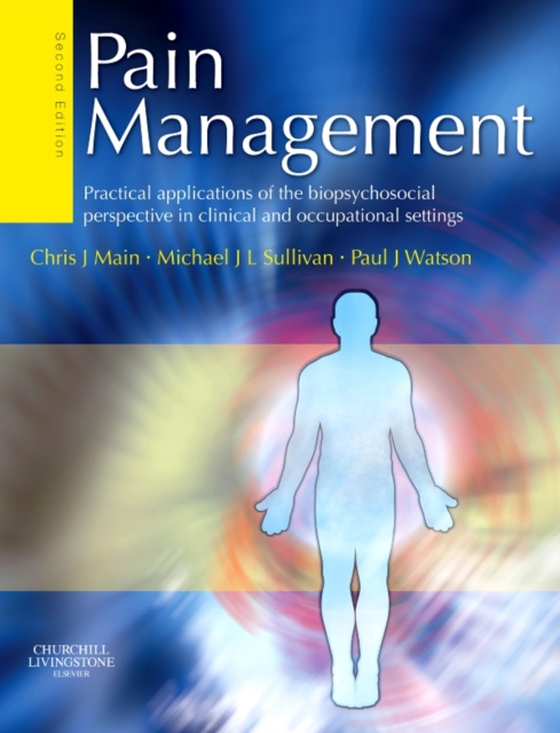
Pain Management e-bog
403,64 DKK
(inkl. moms 504,55 DKK)
This title is directed primarily towards health care professionals outside of the United States. It deals specifically with the management of potentially chronic l pain, how to assess patients with pain, the factors involved in the development of chronic pain and the setting up and running of a pain management programme. The main focus is on musculoskeletal and fibromyalgic type pain. Cancer p...
E-bog
403,64 DKK
Forlag
Churchill Livingstone
Udgivet
20 september 2007
Længde
432 sider
Genrer
Pain and pain management
Sprog
English
Format
pdf
Beskyttelse
LCP
ISBN
9780702049224
This title is directed primarily towards health care professionals outside of the United States. It deals specifically with the management of potentially chronic l pain, how to assess patients with pain, the factors involved in the development of chronic pain and the setting up and running of a pain management programme. The main focus is on musculoskeletal and fibromyalgic type pain. Cancer pain is not addressed. The authors address not only what is recommended in the management of pain but also whether and why it is done, thereby covering not only the content of interdisciplinary pain management but also the processes involved. Provides extensive background material and covers broad issues which other books lack Focuses on not only what is done with the management of pain but whether and why it is done Includes the nuts and bolts of setting up and running a pain management programme Addresses the application of pain management programmes in a wide range of fields Has a multidisciplinary approach and therefore appeals to a multidisciplinary marketTwo new co-authors: Kay Greasley and Bengt Sjolund.Major restructuring of chapters and rewriting of content with new authors for many of them.Greatly increased discussion of biopsychosocial management in individual clinical practice.Addresses the needs of the individual practitioners as well as those working in specialised pain management units.Includes more on primary care and secondary pain prevention.Expanded discussion of the clinical-occupational interfaces.Particular emphasis on the identification and targeting of modifiable risk factors for chronic pain and prolonged disability.The following topics stregthened throughout: communication, the nature of groups, medication and iatrogenics.Potential of an evidence-based biopsychosocial approach to pain management highlighted.
 Dansk
Dansk

